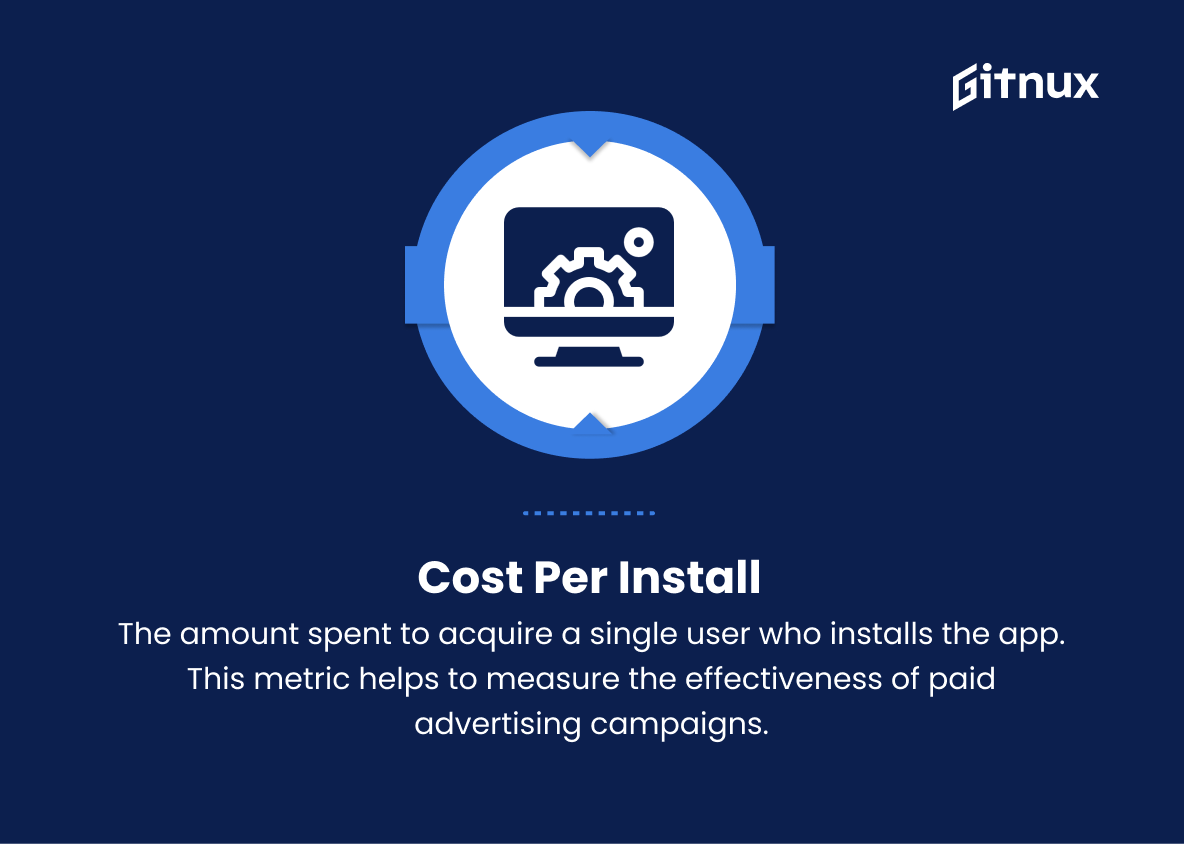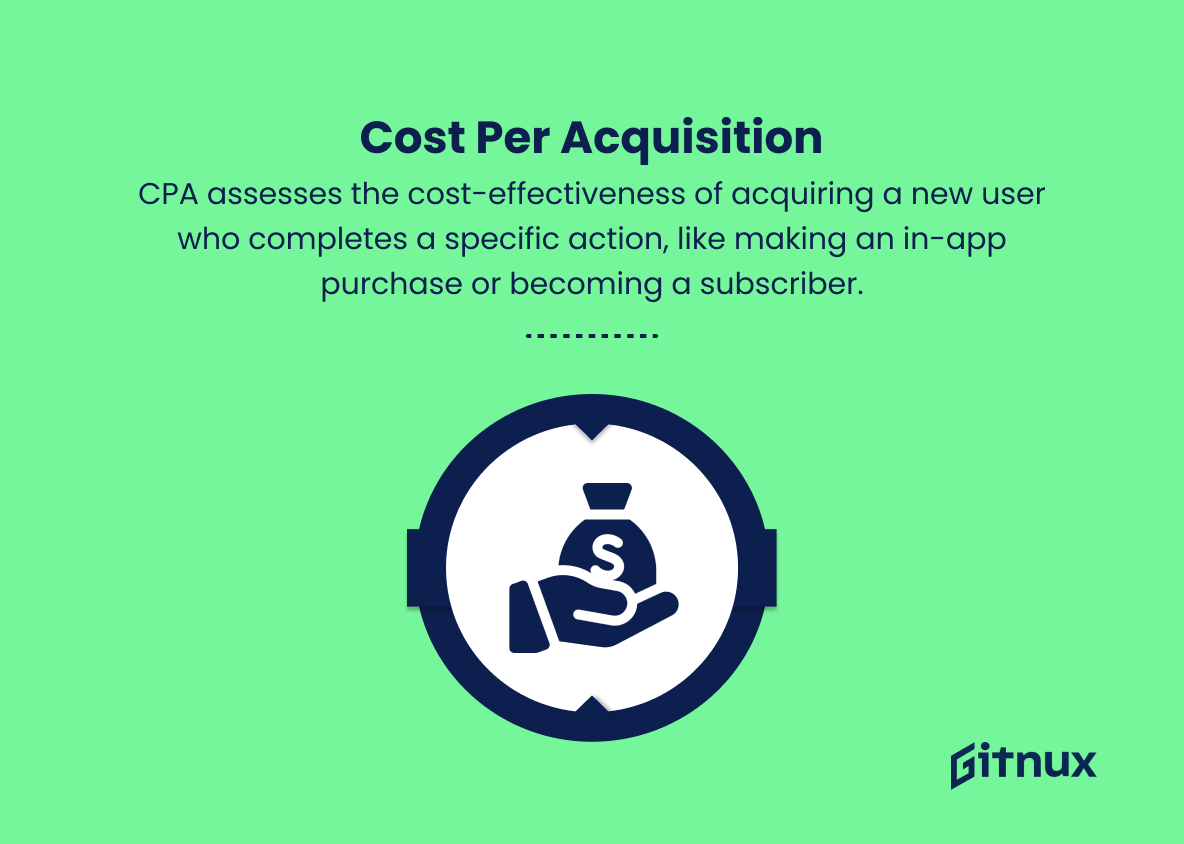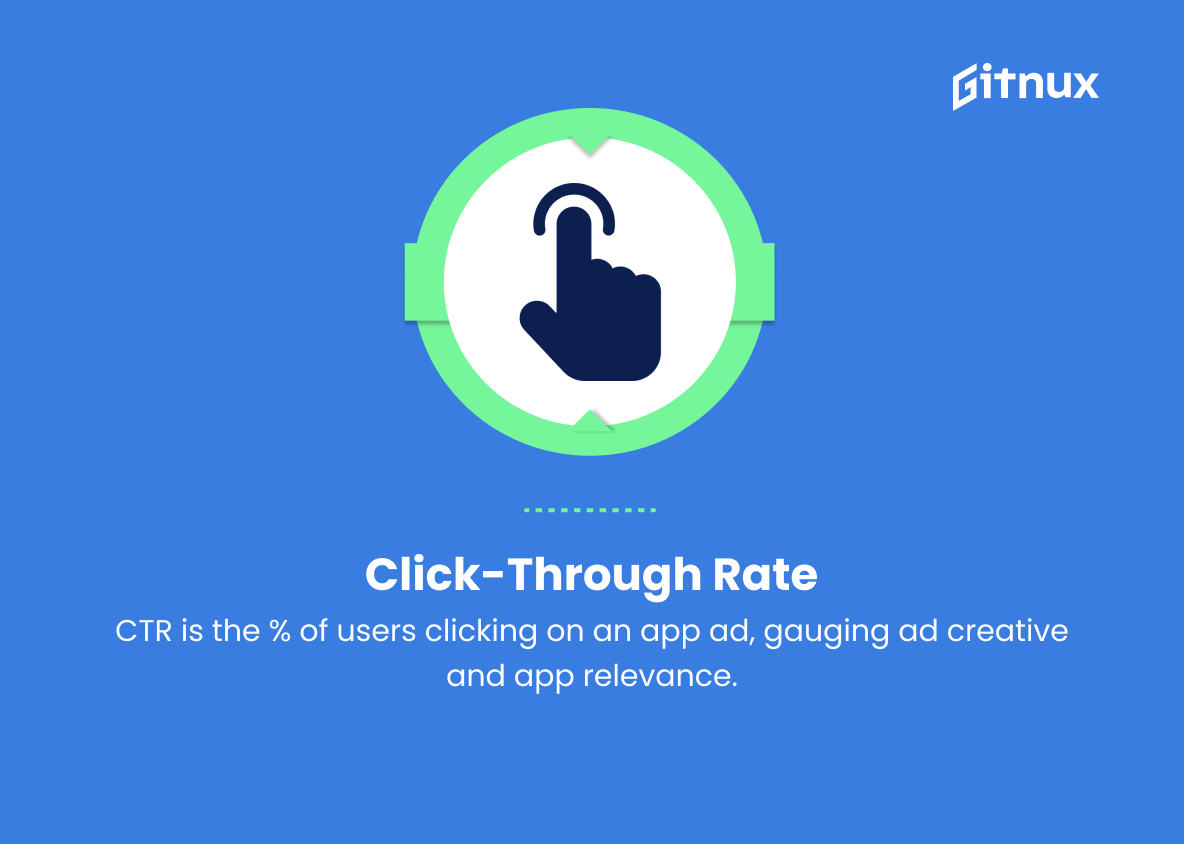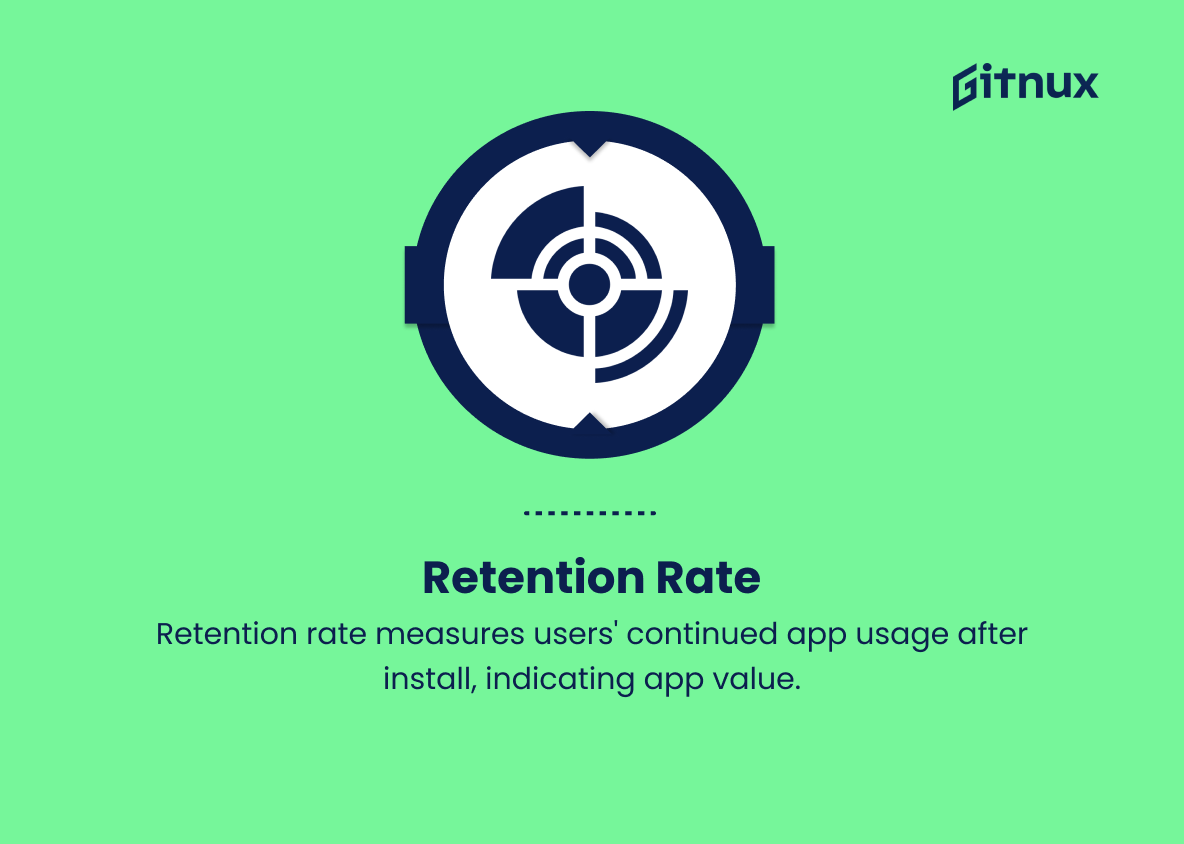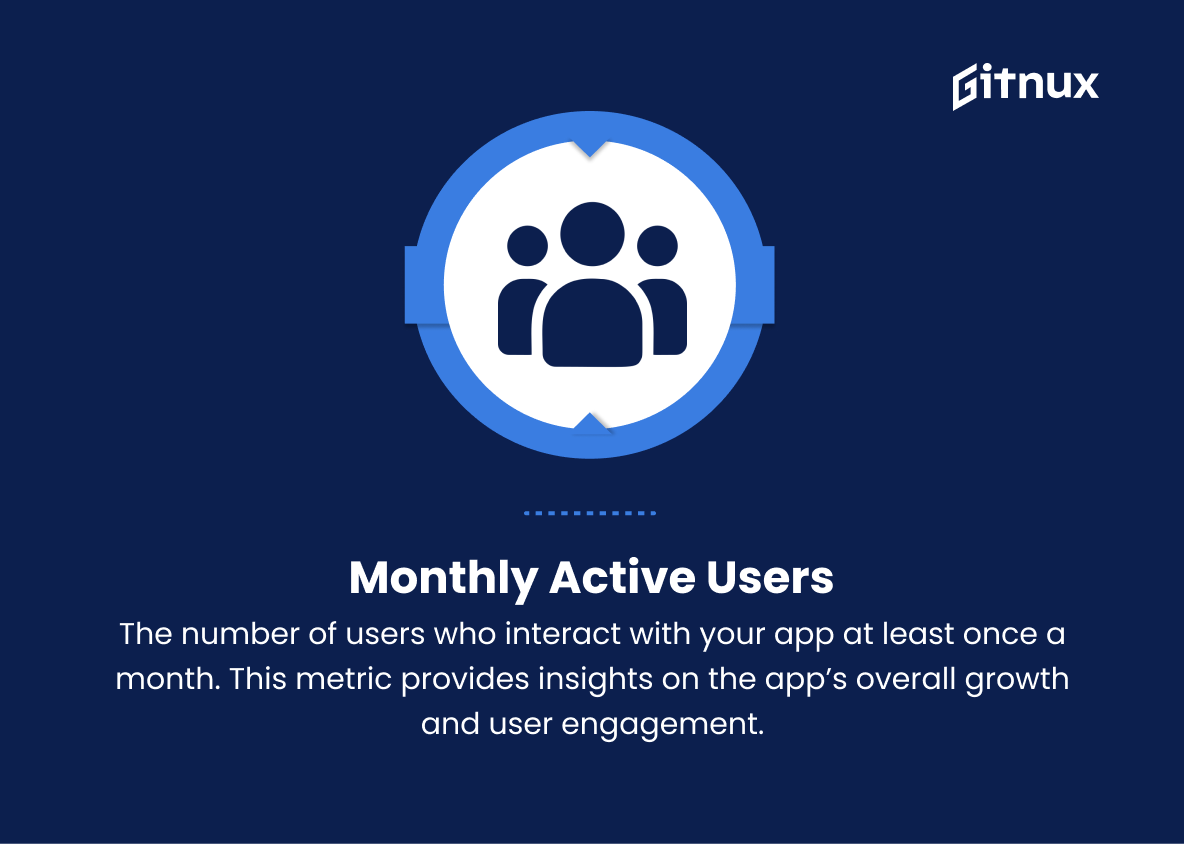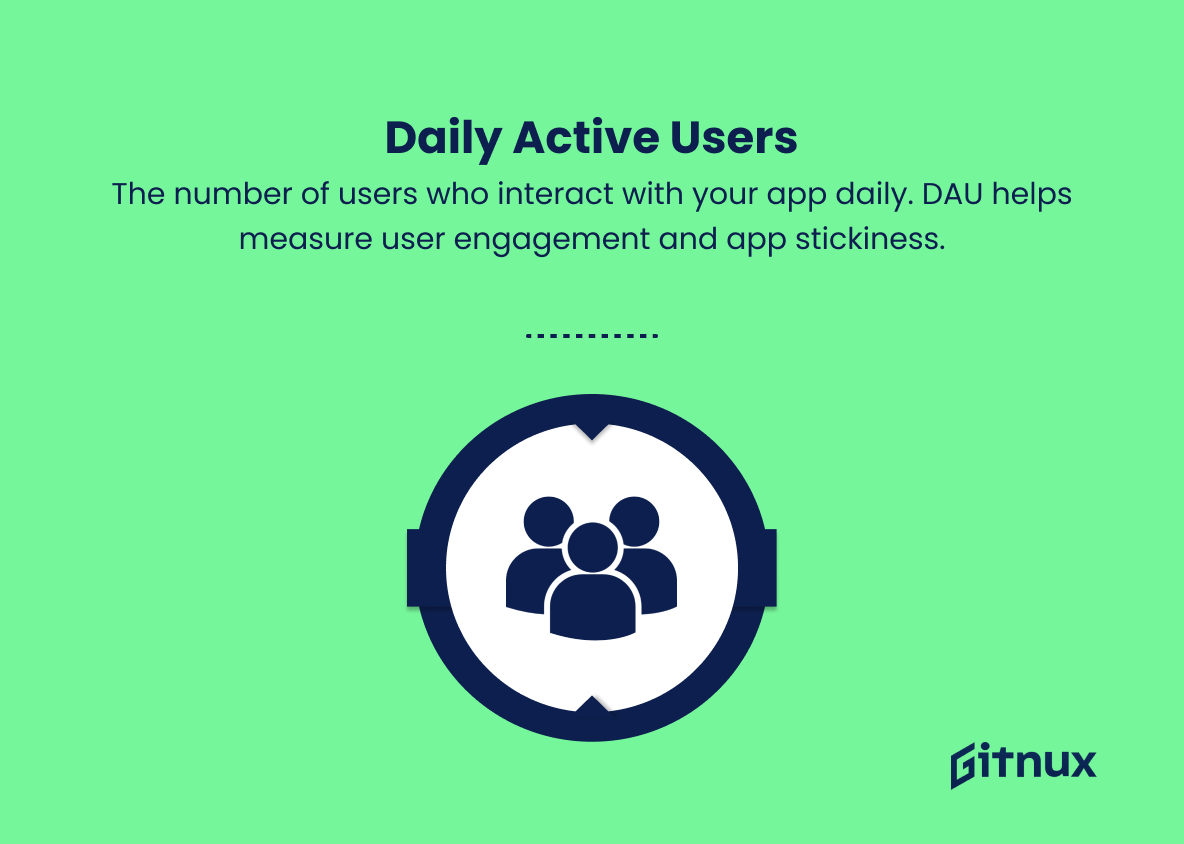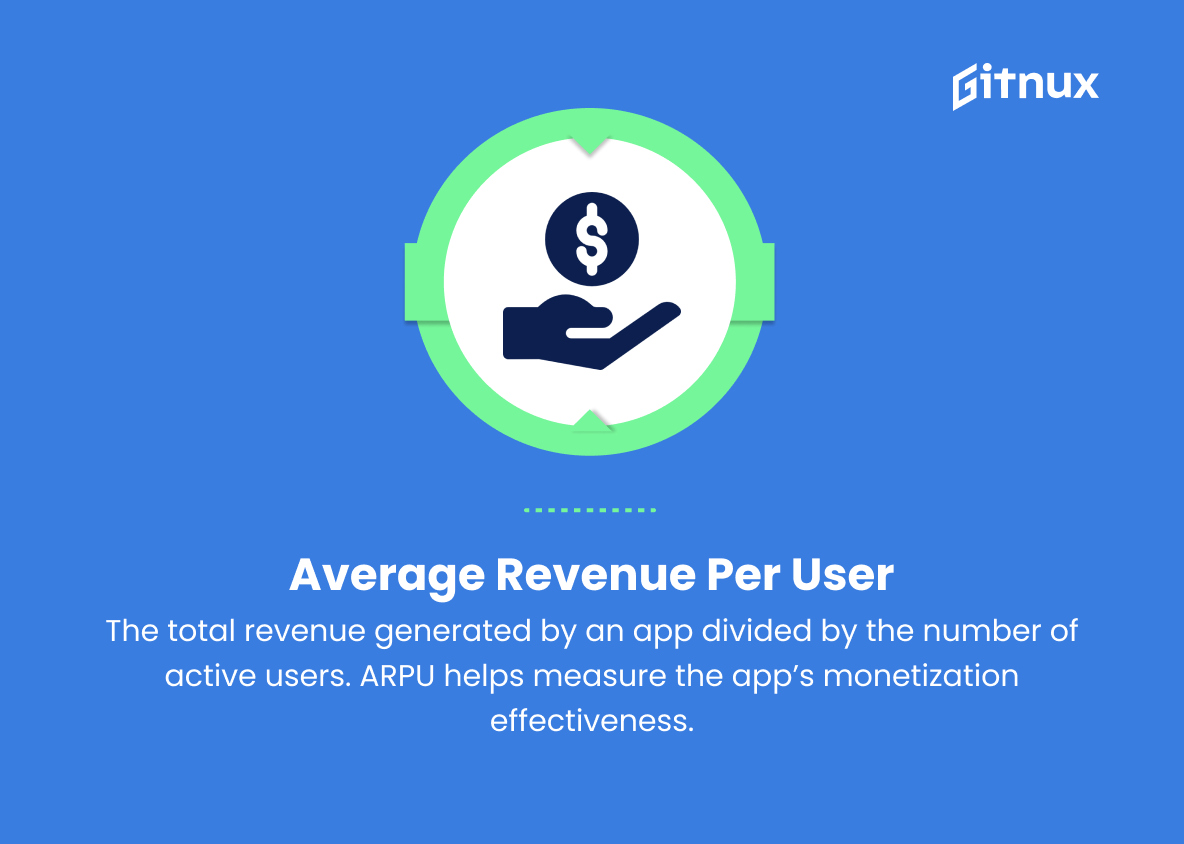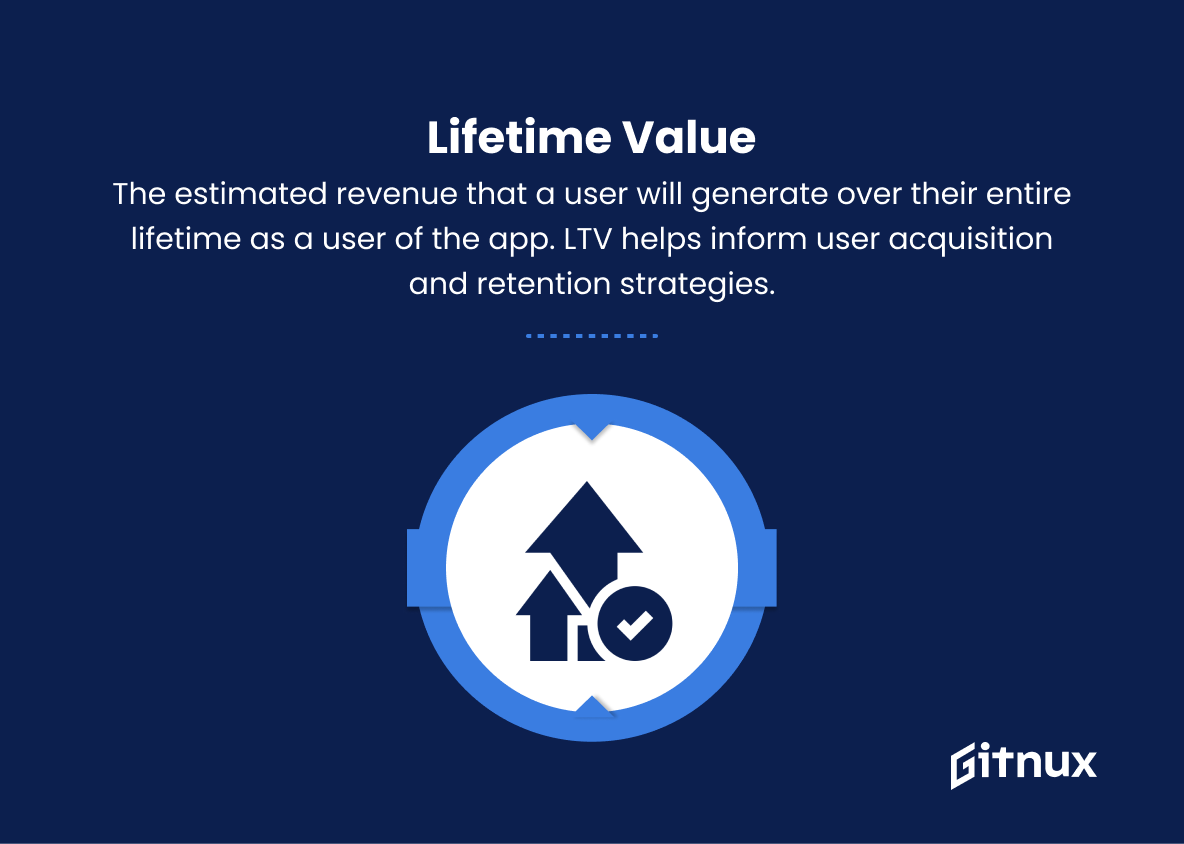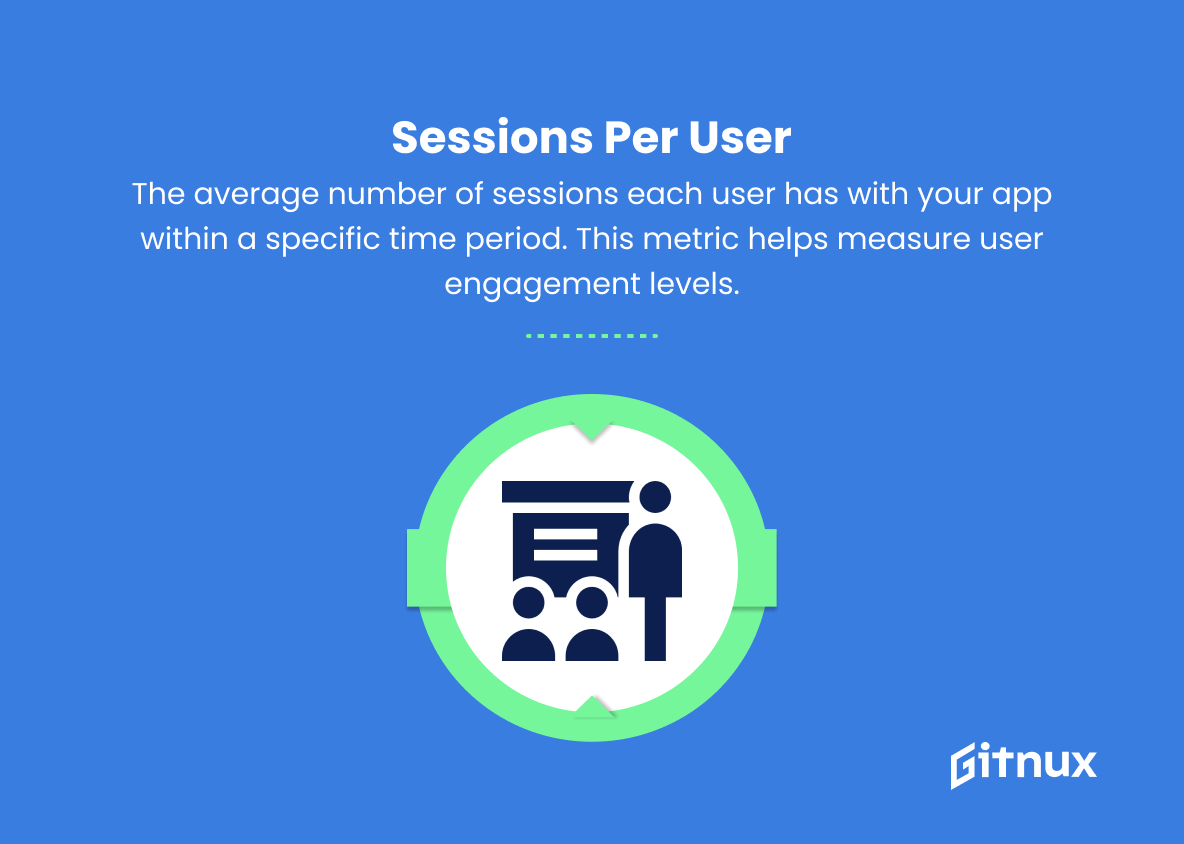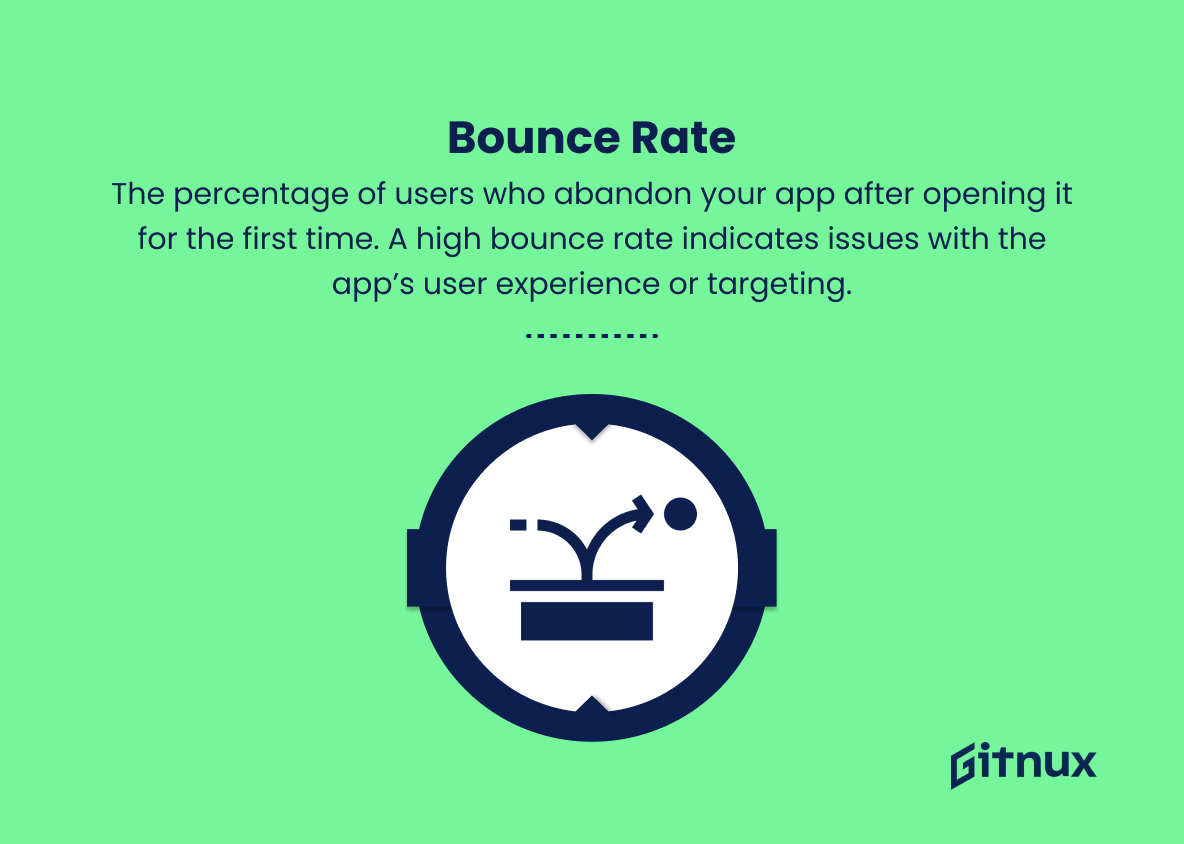In today’s rapidly evolving digital landscape, app development companies and marketers are continuously striving to create innovative products and services that cater to their target audience’s distinct needs. As competition intensifies, the need to accurately measure, analyze, and optimize app marketing metrics becomes paramount.
This blog post delves into the critical world of app marketing metrics, shedding light on the essential KPIs that can propel an app to the forefront of user engagement and retention. From acquisition and revenue to performance and user behavior, we will take you through the must-have metrics that can determine the success or failure of your app marketing strategies. So, strap in and get ready to navigate the intricate world of app marketing metrics – a crucial key to unlocking your app’s full potential.
App Marketing Metrics You Should Know
1. Cost per Install (CPI)
The amount spent to acquire a single user who installs the app. This metric helps to measure the effectiveness of paid advertising campaigns.
2. Cost per Acquisition (CPA)
The total cost of acquiring a new user who completes a specific action, such as making an in-app purchase or becoming a subscriber. CPA measures the cost-effectiveness of user acquisition efforts.
3. Click-Through Rate (CTR)
The percentage of users who click on an app advertisement and are directed to the app store page. CTR is an indicator of ad creative effectiveness and the relevance of your app to your target audience.
4. Install Rate (IR)
The percentage of users who download and install an app after being directed to an app store page. This metric helps measure the effectiveness of your app store listing.
5. Retention Rate
The percentage of users who continue to use an app over a specific period, usually measured in days, weeks, or months after the initial install. A high retention rate indicates that users are finding value in the app.
6. Churn Rate
The percentage of users who stop using an app during a given time period. Churn rate indicates user dissatisfaction and is the opposite of retention rate.
7. Monthly Active Users (MAU)
The number of users who interact with your app at least once a month. This metric provides insights on the app’s overall growth and user engagement.
8. Daily Active Users (DAU)
The number of users who interact with your app daily. DAU helps measure user engagement and app stickiness.
9. Average Revenue per User (ARPU)
The total revenue generated by an app divided by the number of active users. ARPU helps measure the app’s monetization effectiveness.
10. Lifetime Value (LTV)
The estimated revenue that a user will generate over their entire lifetime as a user of the app. LTV helps inform user acquisition and retention strategies.
11. Session Length
The average duration of a user’s interaction with your app during a single session. Session length is an indicator of user engagement and app stickiness.
12. Sessions per User
The average number of sessions each user has with your app within a specific time period. This metric helps measure user engagement levels.
13. Conversion Rate (CR)
The percentage of users who complete a specific goal within the app, such as making an in-app purchase, signing up for a subscription, or sharing content. CR measures the effectiveness of your app’s onboarding and user experience.
14. Bounce Rate
The percentage of users who abandon your app after opening it for the first time. A high bounce rate indicates issues with the app’s user experience or targeting.
15. App Store Ranking
The position of an app in the app store search results or category listings. A higher ranking is associated with increased visibility and organic user acquisition.
16. App Store Ratings and Reviews
The average star rating and user feedback for your app. Positive ratings and reviews are essential for increasing credibility and attracting new users.
17. Referral Rate
The percentage of new users acquired through referrals or sharing by existing users. A high referral rate indicates strong organic growth driven by word-of-mouth marketing.
App Marketing Metrics Explained
App marketing metrics are essential in evaluating an app’s performance, growth potential, and user engagement, as they provide valuable insights into every stage of the user lifecycle. Metrics such as Cost per Install (CPI) and Cost per Acquisition (CPA) allow app developers to optimize their marketing budget and assess campaign effectiveness. Click-Through Rate (CTR) and Install Rate (IR) reveal how well ad creatives and app store listings perform, while Retention Rate, Churn Rate, Monthly Active Users (MAU), and Daily Active Users (DAU) offer insights into user satisfaction, app stickiness, and engagement. Monetization success can be gauged through Average Revenue per User (ARPU) and Lifetime Value (LTV), as well as informing future acquisition and retention strategies.
Metrics like Session Length, Sessions per User, Conversion Rate (CR), Bounce Rate, App Store Ranking, Ratings and Reviews, and Referral Rate help refine user experience, boost organic growth, and improve an app’s overall reputation. In essence, these metrics provide a comprehensive understanding of an app’s performance and help identify areas for continuous improvement and optimization.
Conclusion
In conclusion, app marketing metrics play a pivotal role in determining the success of your application in today’s competitive market. By closely examining key metrics such as downloads, engagement, user retention, lifetime value, acquisition costs, and ROI, you can gain valuable insights into your app’s performance, identify areas for improvement, and ultimately optimize your marketing efforts.
Constantly monitoring and iterating your strategies based on these data-driven findings will ensure that your app keeps up with the ever-evolving market demands, ultimately leading to higher user satisfaction, increased downloads, and the long-term success of your application.
